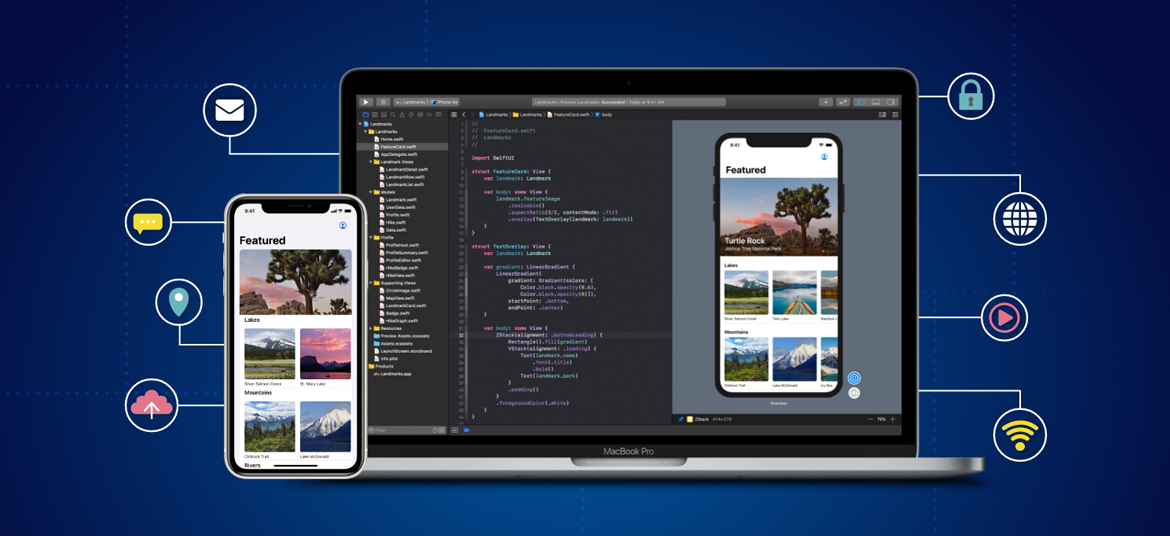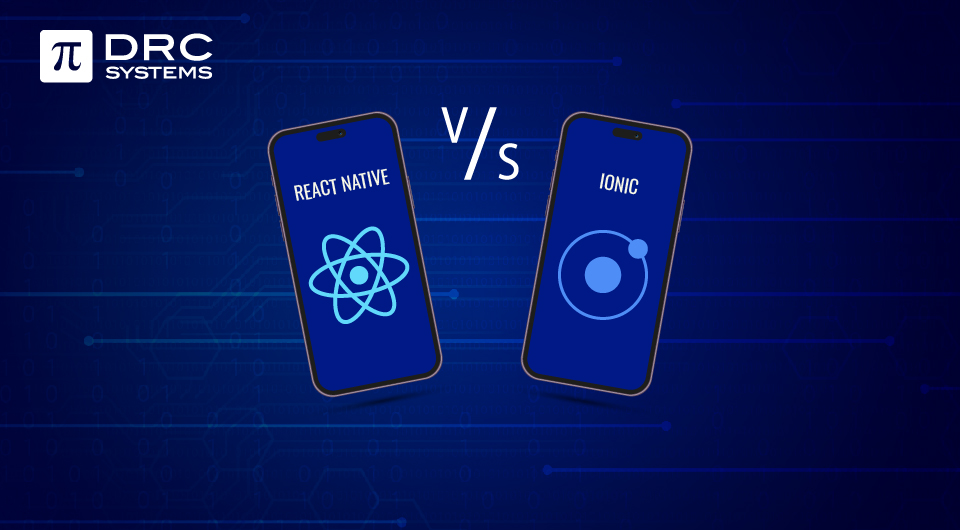Related Articles
Choosing the right language for iOS app development
If you are searching for the best programming language for iOS app development, this blog will help you find it.
Read The PostMobile App Security (Android and iOS) Best Practices
Here are 8 essential practices for developing secure Android and iOS mobile applications.
Read The PostThe best mobile app development framework for 2024: React Native vs Ionic
This blog explores React Native and Ionic in detail, helping you decide which framework is best for your mobile app development.
Read The Post


